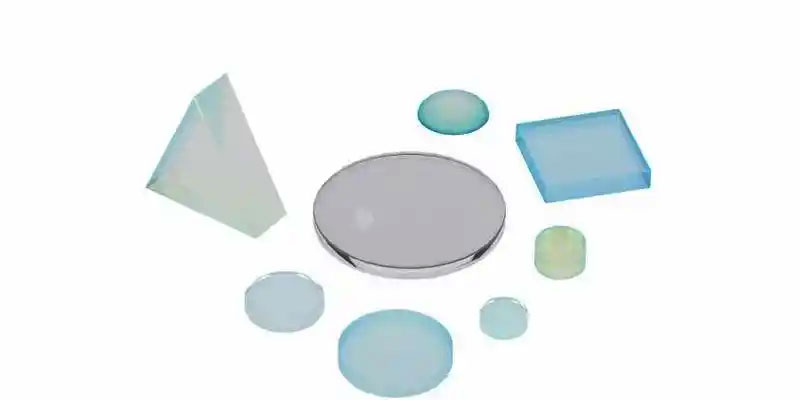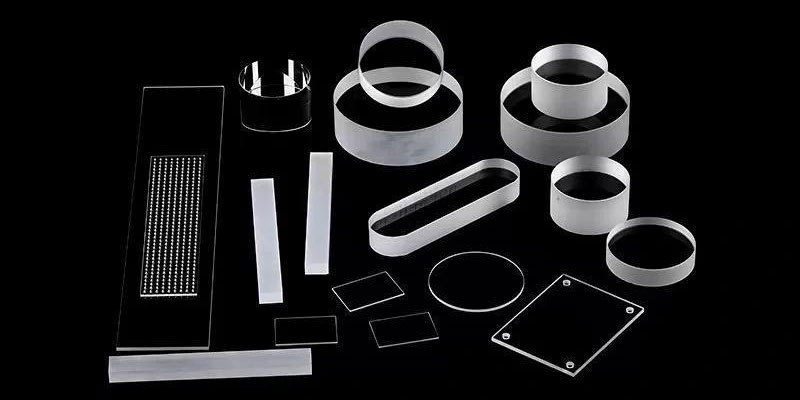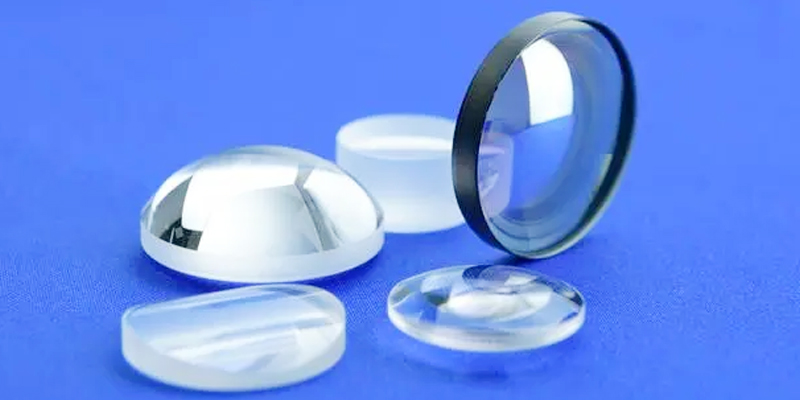
A optical positive meniscus lens consists of two surfaces of similar radius of curvature with positive focal lengths. They are often used for applications related to decreasing the focal length of another lens, increasing the numerical aperture, etc. To minimize spherical aberration, the beam should be incident on the convex side of the lens for beam expansion or reduction or divergence collimation applications, and on the concave side for convergence collimation. Positively curved moon lenses are primarily used to minimize spherical aberration.
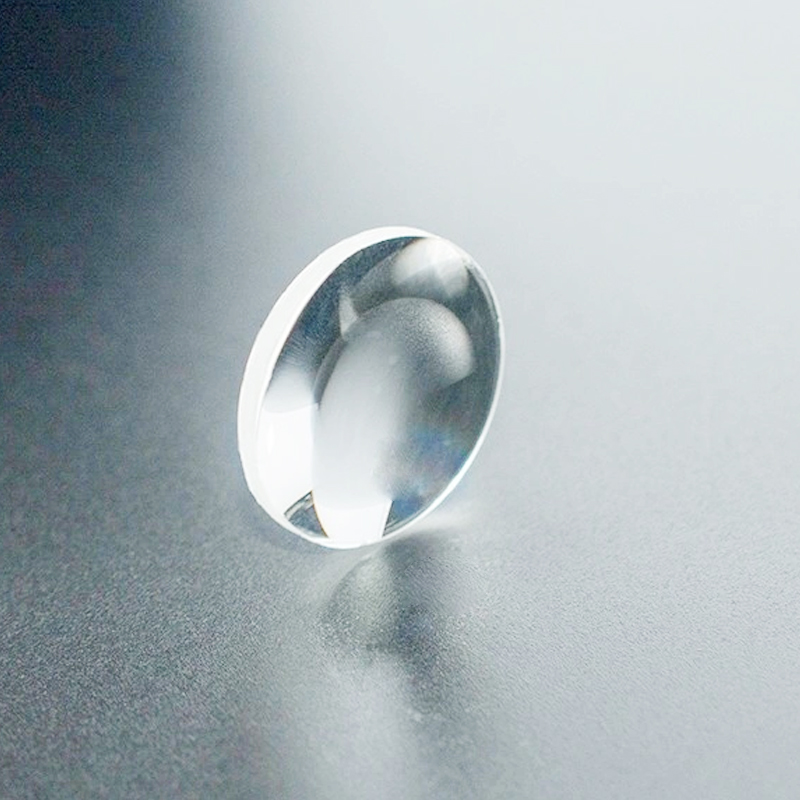
When used in combination with another lens, a positive meniscus lens reduces the focal length and increases the numerical aperture (NA) of the system without introducing significant spherical aberration. When used to converge parallel light, to minimize spherical aberration the convex surface of the lens should be oriented in the direction of the light source emission. Coated lenses are also widely used in visible and near infrared applications.
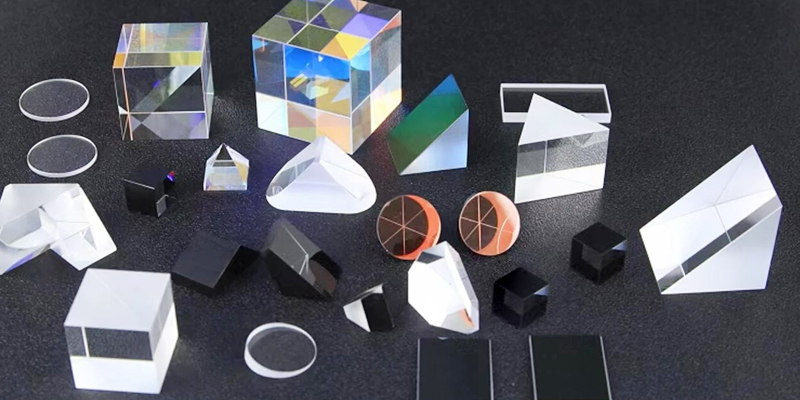
optlenses
Related posts
Why are optical lenses important?
Quartz Glass vs Fused Quartz Glass:What is The Difference
What is Fused Quartz Glass?
Characteristics and Use of Optical Lens/Glass Cleaner
